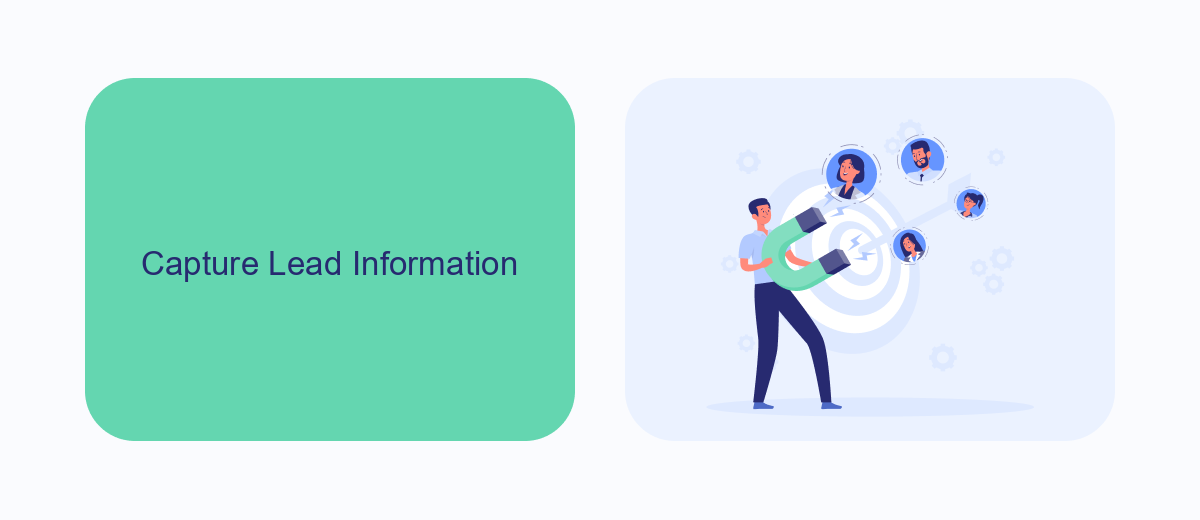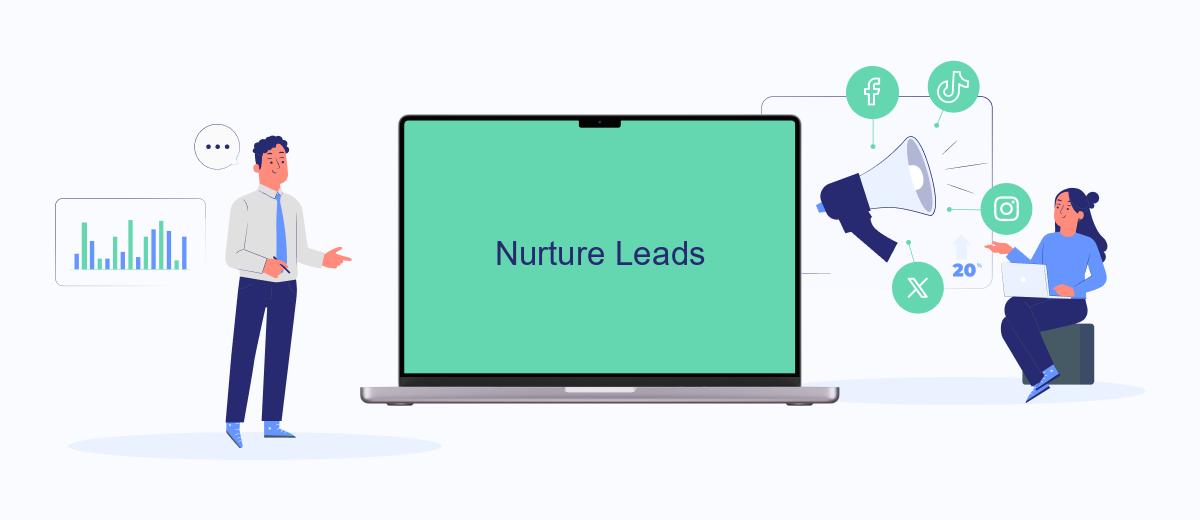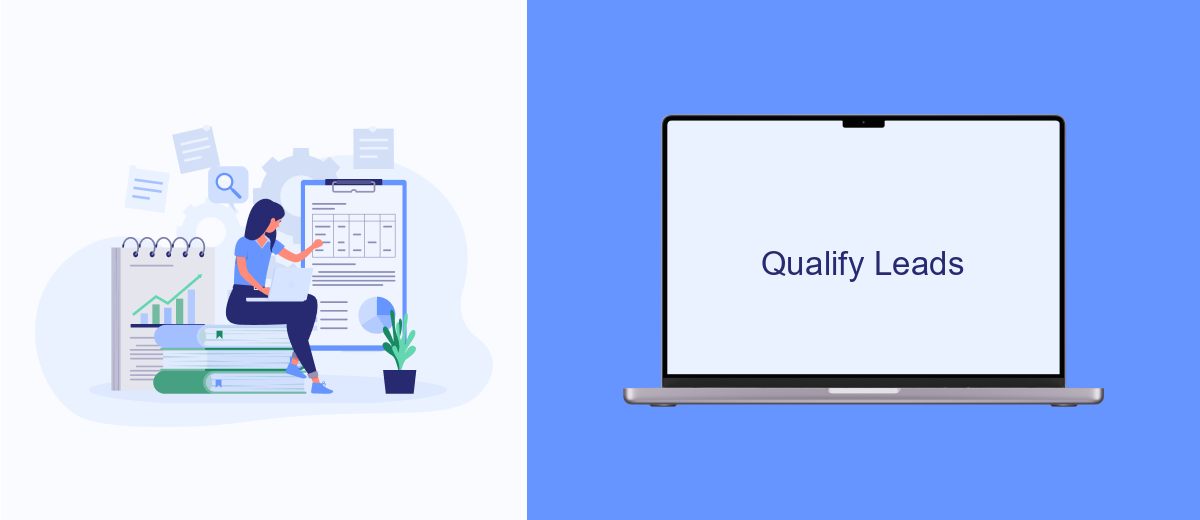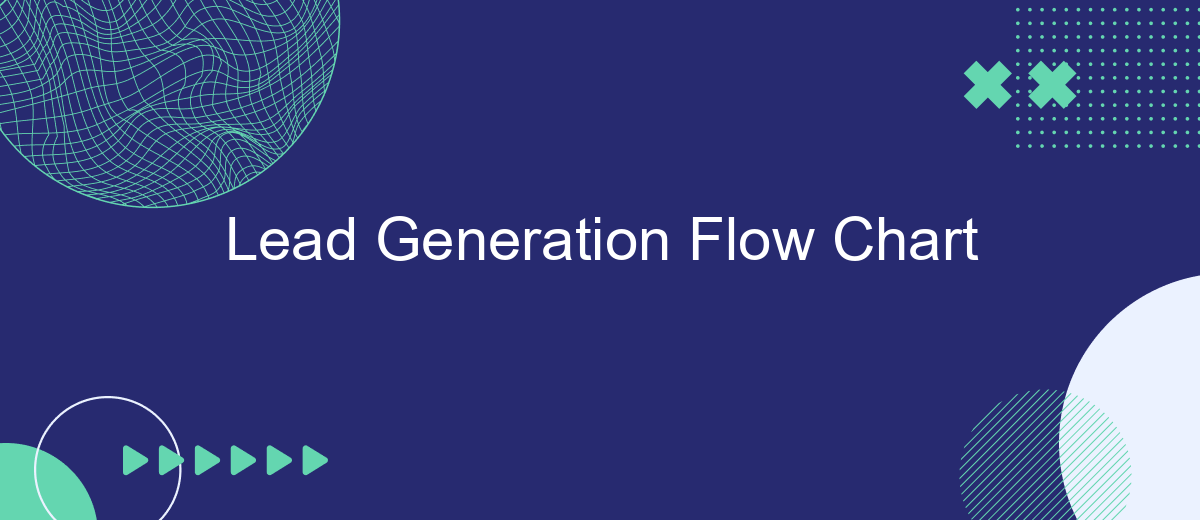In today's competitive business landscape, effectively generating leads is crucial for sustained growth and success. A well-structured lead generation flow chart can streamline your marketing efforts, helping you identify, attract, and convert potential customers more efficiently. This article explores the essential components and steps involved in creating a robust lead generation flow chart to enhance your sales pipeline and maximize ROI.
Lead Generation Strategies
Effective lead generation strategies are crucial for attracting potential customers and converting them into loyal clients. These strategies encompass a variety of techniques and tools designed to capture interest, gather contact information, and nurture leads through the sales funnel.
- Content Marketing: Create valuable content such as blogs, eBooks, and webinars to attract and engage your target audience.
- Social Media Marketing: Utilize platforms like Facebook, LinkedIn, and Instagram to reach a broader audience and generate leads through targeted ads and organic posts.
- Email Campaigns: Develop personalized email campaigns to nurture leads and keep them informed about your offerings.
- SEO and SEM: Optimize your website for search engines and use paid search marketing to drive traffic and capture leads.
- Lead Magnets: Offer free resources like templates, checklists, or trials in exchange for contact information.
Integrating these strategies with automated tools can significantly enhance efficiency. For instance, SaveMyLeads allows seamless integration between various platforms, ensuring that your lead data is automatically captured and managed. This not only saves time but also ensures that no potential lead is overlooked, thereby improving your overall lead generation process.
Capture Lead Information

Capturing lead information is a crucial step in the lead generation process. To effectively gather data, businesses should employ various methods such as web forms, landing pages, and social media interactions. These tools help collect essential details like names, email addresses, and phone numbers, which are vital for nurturing leads and converting them into customers. Ensuring that these forms are user-friendly and straightforward can significantly increase the submission rate and improve the quality of the captured leads.
Integrating these lead capture methods with CRM systems and marketing automation tools can streamline the process and enhance efficiency. Services like SaveMyLeads offer seamless integration capabilities, allowing businesses to automatically transfer lead information from various sources into their CRM. This automation not only saves time but also minimizes the risk of data loss and errors, ensuring that all captured leads are promptly and accurately recorded. By leveraging such technologies, businesses can focus more on engaging with their leads and less on manual data entry tasks.
Nurture Leads

Nurturing leads is a crucial step in the lead generation process, as it helps convert prospects into loyal customers. This involves engaging with leads through personalized communication, providing valuable content, and maintaining consistent follow-ups. By nurturing leads effectively, you can build trust and foster long-term relationships.
- Segment your leads based on their behavior and interests.
- Develop personalized email campaigns to address specific needs.
- Use marketing automation tools to streamline communication.
- Provide valuable content such as eBooks, webinars, and case studies.
- Monitor lead engagement and adjust your strategy accordingly.
Integrating your lead nurturing strategy with tools like SaveMyLeads can significantly enhance your efforts. SaveMyLeads automates the process of capturing and transferring lead data from various sources to your CRM system, ensuring no lead is overlooked. By leveraging such integrations, you can focus more on creating meaningful interactions and less on manual data management, ultimately driving better results in your lead nurturing campaigns.
Qualify Leads

Qualifying leads is a crucial step in the lead generation process. It involves evaluating potential customers to determine if they have the need, authority, and budget to purchase your product or service. This step ensures that your sales team focuses on leads that are most likely to convert, optimizing time and resources.
To effectively qualify leads, you can use various criteria and tools. Start by analyzing demographic information, engagement levels, and past interactions. Utilize automated tools to streamline this process and ensure consistency.
- Demographic information: age, location, job title
- Engagement levels: email opens, website visits, social media interactions
- Past interactions: previous purchases, inquiries, feedback
- Automated tools: CRM systems, lead scoring software, integration services like SaveMyLeads
Using integration services such as SaveMyLeads can significantly enhance your lead qualification process. These services allow you to connect various data sources, automate workflows, and ensure that your sales team receives the most relevant and up-to-date information. By leveraging such tools, you can improve the accuracy of your lead qualification and ultimately increase your conversion rates.


Close Leads
Closing leads is a critical step in the lead generation process, as it involves converting potential customers into actual clients. To effectively close leads, it is essential to maintain clear and consistent communication with prospects, addressing any concerns or objections they may have. Utilizing personalized follow-ups and providing value-driven content can significantly increase the chances of conversion. Additionally, leveraging CRM tools to track interactions and set reminders for follow-ups ensures that no lead falls through the cracks.
Integrating automation tools like SaveMyLeads can streamline the closing process by automating data transfers between various platforms, allowing sales teams to focus on nurturing relationships rather than manual data entry. SaveMyLeads simplifies the integration of different services, ensuring that all relevant lead information is accessible and up-to-date. This seamless flow of data helps in crafting personalized and timely responses, ultimately enhancing the lead closing process and boosting conversion rates.
FAQ
What is a Lead Generation Flow Chart?
Why is a Lead Generation Flow Chart important?
How can I create a Lead Generation Flow Chart?
What are the key components of a Lead Generation Flow Chart?
How can automation tools assist in the Lead Generation Flow Chart process?
Personalized responses to new clients from Facebook/Instagram. Receiving data on new orders in real time. Prompt delivery of information to all employees who are involved in lead processing. All this can be done automatically. With the SaveMyLeads service, you will be able to easily create integrations for Facebook Lead Ads and implement automation. Set up the integration once and let it do the chores every day.
